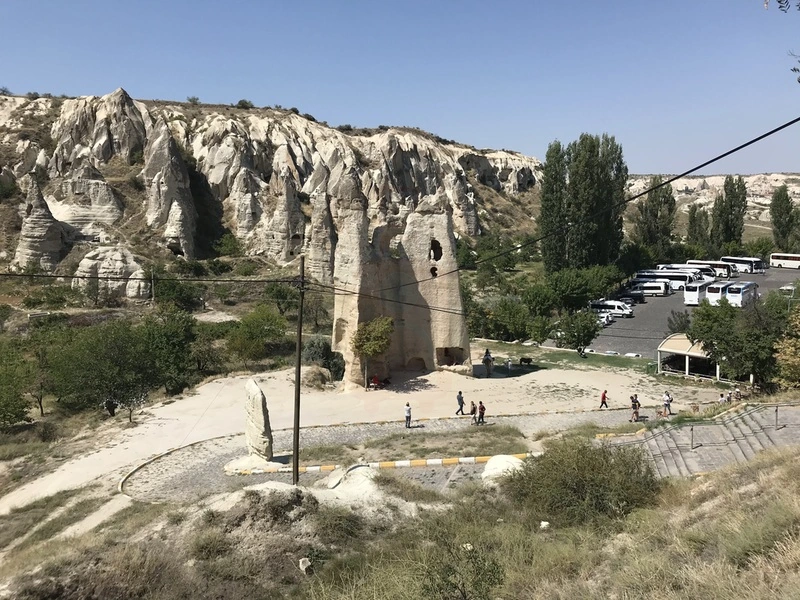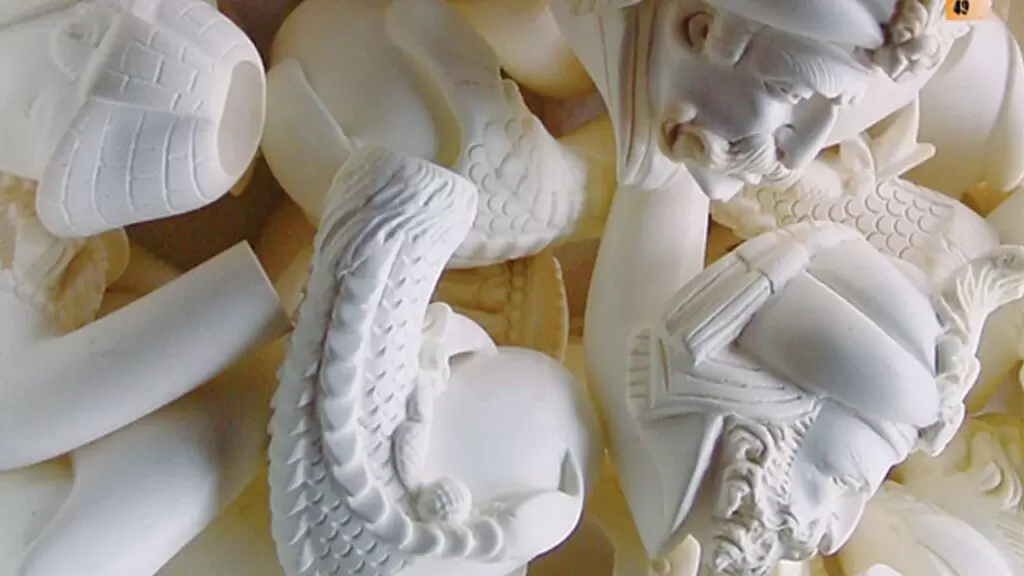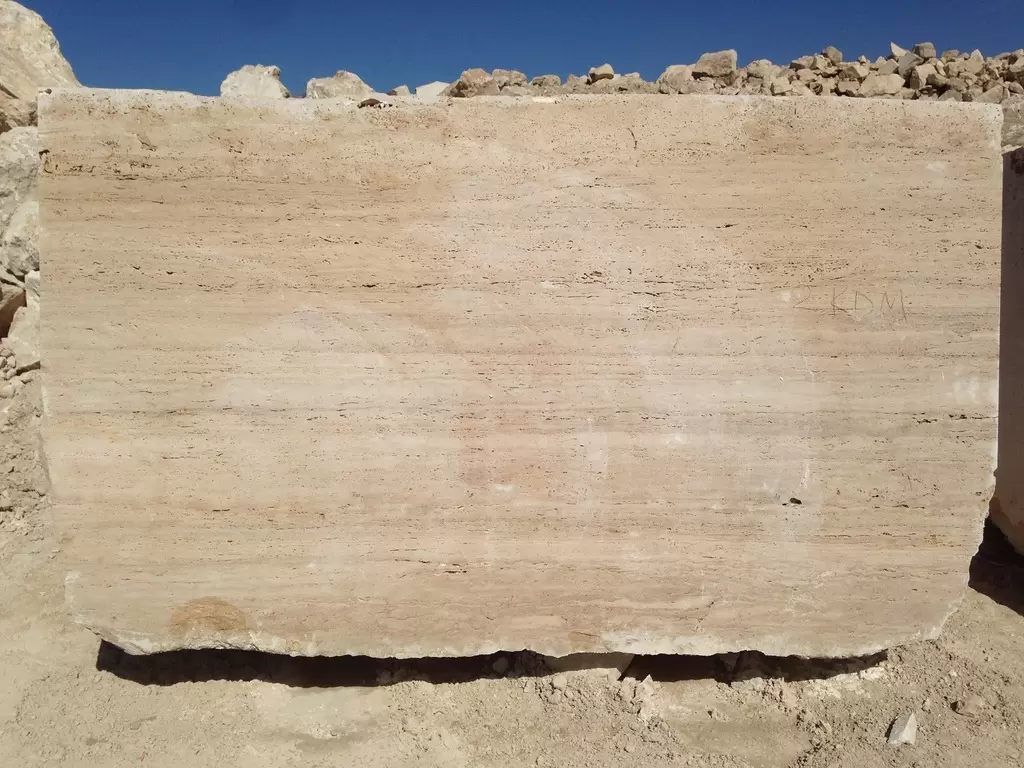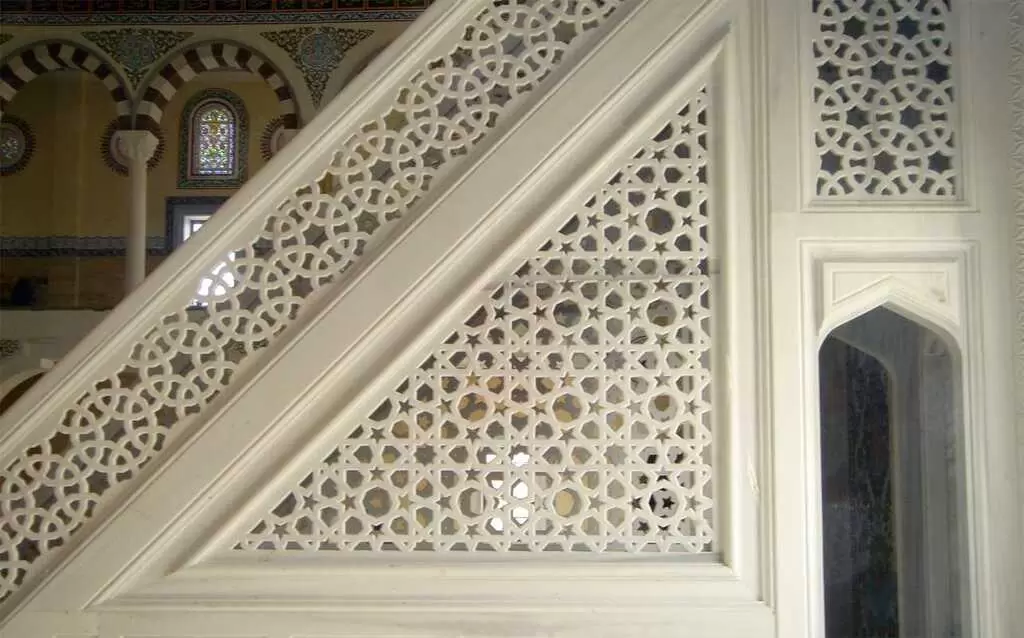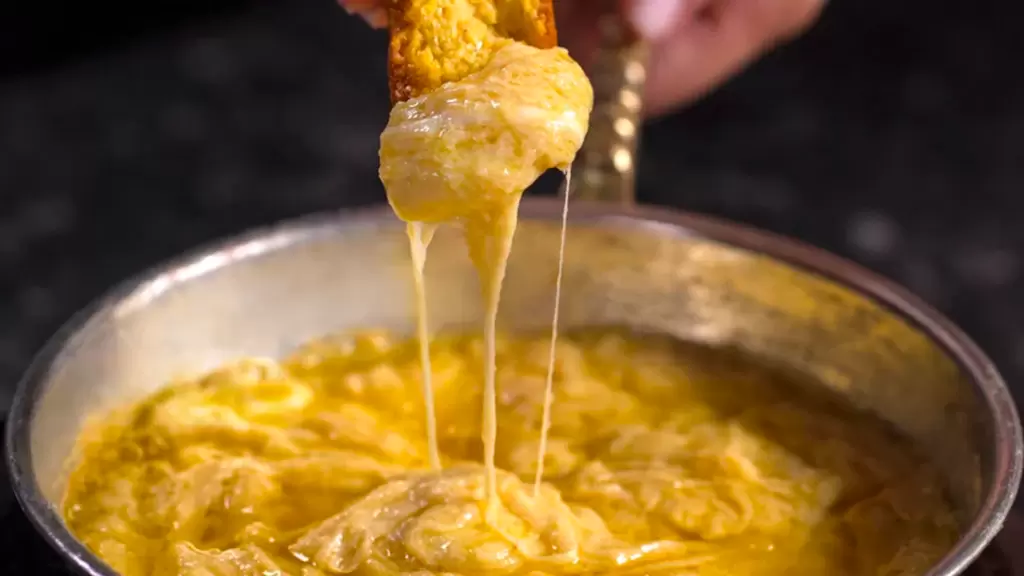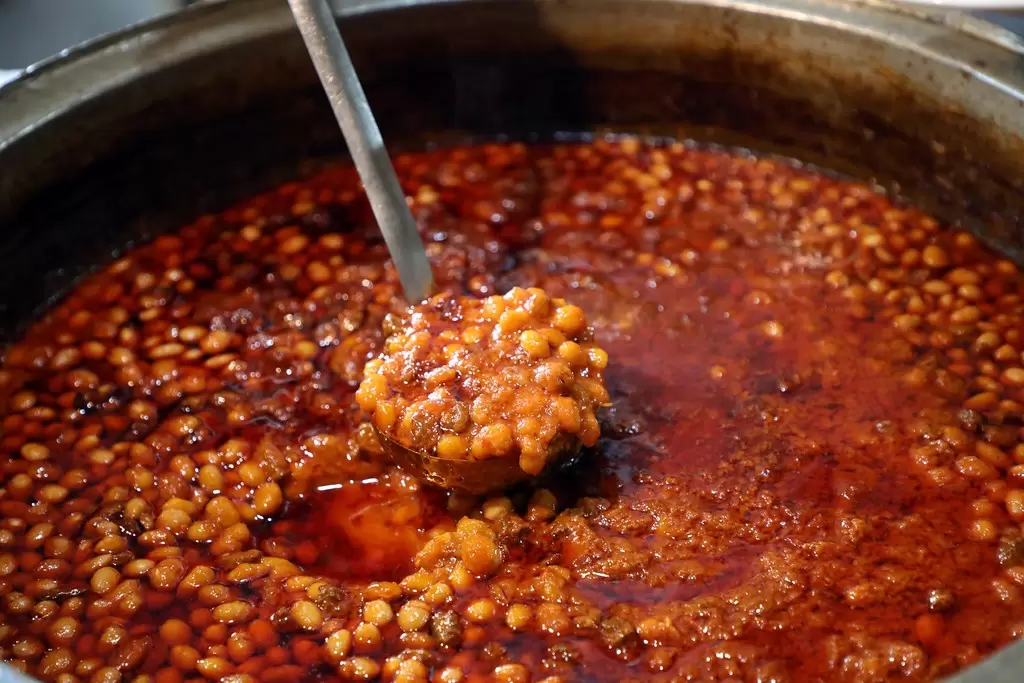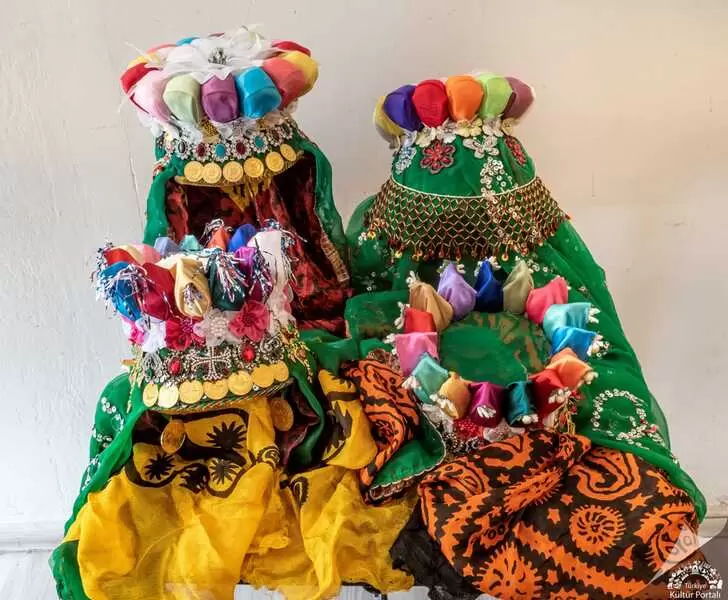
Senirkent Bridal Fez: Detaillierte Informationen mit besonderen Merkmalen
Der Senirkent Bridal Fez ist ein historisch bedeutsamer und kulturell reicher traditioneller Kopfschmuck, der ausschließlich im Senirkent-Bezirk von Isparta, Türkei, hergestellt wird. Dieses Accessoire ist für seine aufwendige Handwerkskunst und seine symbolische Bedeutung in den lokalen Hochzeitsbräuchen bekannt und seit Jahrhunderten ein geschätzter Teil des Erbes der Region.
Historische und kulturelle Bedeutung
Die Tradition des Senirkent Bridal Fez reicht Generationen zurück und bleibt ein Eckpfeiler der Hochzeitszeremonien in der Region. Nach der Verlobungszeremonie gibt die Familie des Bräutigams traditionell den Fez als Geschenk für die Braut in Auftrag. Es wird in einem speziellen Fez-Bündel aufbewahrt und während der Zeremonie zur Enthüllung des Brautgesichts präsentiert und symbolisiert Freude, Ehre und den Beginn eines neuen Lebens.
Produktionsprozess
Jedes Senirkent Bridal Fez ist handgefertigt und spiegelt viel Liebe zum Detail wider. Die Herstellung umfasst mehrere Schritte:
- Messung und Erstellung der Basis: Der Kopfumfang der Braut wird gemessen und eine Basis aus versteiftem Filz (Keçe) erstellt, der geformt, gestärkt und gehärtet wird, um die Struktur des Fez zu bilden.
- Dekoration und Verzierungen:
- Der vordere Teil, bekannt als Alınlık, ist mit Gold oder goldähnlichen Verzierungen verziert, die typischerweise 20 Gramm und 80 Gramm wiegen. Diese Verzierungen sind in komplizierten Mustern angeordnet und umfassen größere Münzen wie Goldmünzen der Republik.
- An den Seiten befinden sich Bänder, sogenannte Dululuk, die mit Goldmünzen verziert sind, um den Wohlstand und das Glück der Braut zu symbolisieren.
- Der obere Teil ist mit einer Blumenkrone geschmückt, die von der lokalen Flora inspiriert ist, insbesondere von der Mohnpflanze (ein bedeutendes landwirtschaftliches Produkt in der Region). Die Krone umfasst 16 mehrfarbige Organzaknospen in Farbtönen wie Grün, Weiß, Rot, Lila und Gelb, die die lebendige natürliche Schönheit von Senirkent repräsentieren.
Besondere Merkmale
- Einzigartiges Design: Das Fez kombiniert traditionelle Elemente mit lokaler Inspiration, darunter Blumenmotive, leuchtende Farben und komplizierte Muster, die die Kultur und Umgebung der Region widerspiegeln.
- Materialien und Handwerkskunst: Der vollständig von Hand gefertigte Fez verwendet Materialien wie Filz, Gold und Organza. Die detaillierte Arbeit umfasst Ziersteine, Perlen und Zierbesätze.
- Symbolik: Jeder Bestandteil des Fes hat kulturelle Bedeutung, von den Dululuk-Bändern, die Segen darstellen, bis zu den Blumenmotiven, die Fruchtbarkeit symbolisieren und Schönheit.
- Kulturelle Verbindung: Der Fez ist nicht nur ein Brautaccessoire, sondern auch ein Symbol der Identität der Region, das traditionelle Handwerkskunst bewahrt und als Brücke zwischen Vergangenheit und Vergangenheit dient vorhanden.
Moderne Relevanz
Trotz sich weiterentwickelnder Modetrends ist der Senirkent Bridal Fez weiterhin ein integraler Bestandteil der Hochzeitstraditionen. Es ist ein begehrtes Stück für kulturelle Veranstaltungen und symbolisiert die Verbundenheit der Braut mit ihrem Erbe und der dauerhaften Schönheit lokaler Bräuche.
Erhaltung und geografische Angabe
Der Senirkent Bridal Fez ist als geografisch gekennzeichnetes Produkt geschützt, was seine Authentizität gewährleistet und die bei seiner Herstellung verwendeten traditionellen Techniken schützt. Jeder Schritt, von der Materialbeschaffung bis hin zum aufwendigen Dekorationsprozess, wird im Senirkent-Bezirk durchgeführt, um seine einzigartige Identität zu bewahren.
Fazit
Der Senirkent Bridal Fez ist mehr als ein Kopfschmuck – er ist ein Symbol für Liebe, Tradition und kulturellen Stolz. Seine künstlerische Eleganz und kulturelle Bedeutung machen es zu einem geschätzten Artefakt, nicht nur für die Bräute, die es tragen, sondern auch für die Gemeinschaft, die diese schöne Tradition pflegt.







